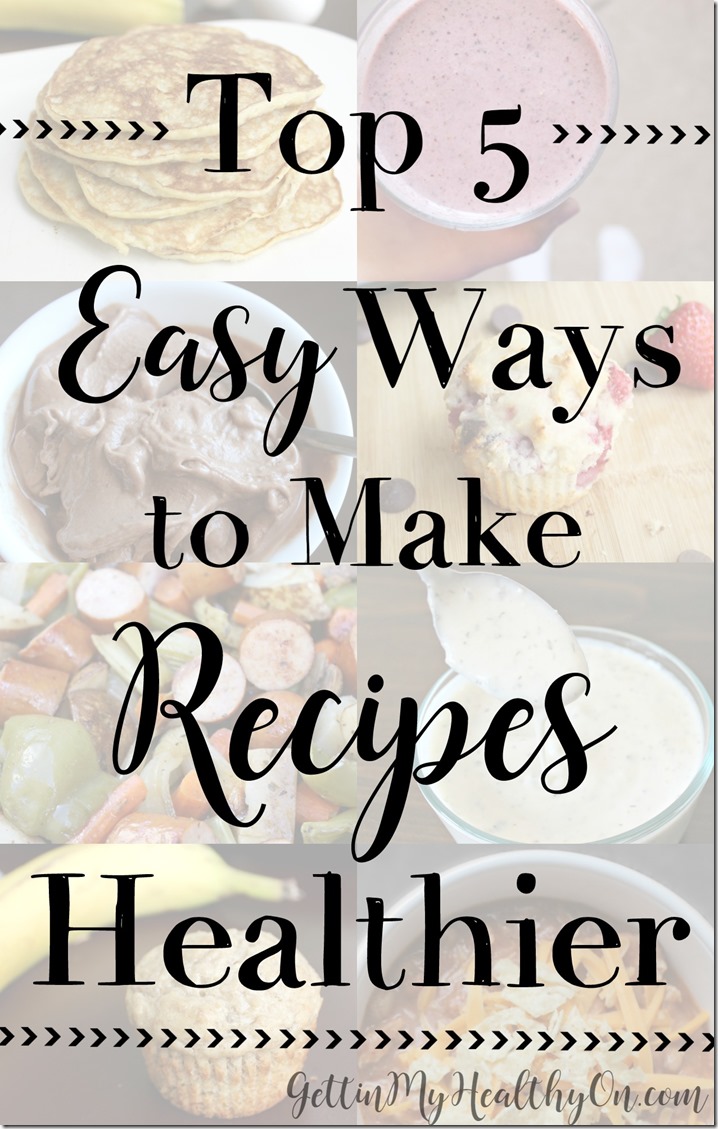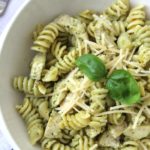Nutrition – it’s one of the most difficult and most powerful ways you can transform your health. I’m no dietician here, but I know the basics of what I should or should not put in my body. Does that stop my sweet tooth? Ya…not so much.

I see the way some people eat with their incredibly “clean” diets, and while I definitely admire their self-control and dedication, that life is just not for me. I’m not willing to give up cheese. I like chocolate. So, why should I sacrifice the finer things in life? In addition to being a health enthusiast of sorts, I also like to cook and, more importantly, eat. That’s why I make my diet work for me.
A large part of my health journey is making food more nutritious. Since my health goals are pretty basic and relaxed, I do what I can to maintain a healthy weight while also striving for some of those #gains. That means I try to plan my daily eating so it’s not only good for me but also still enjoyable (I’m sorry, but I can’t eat bland chicken e’ryday). The goods news is, eating healthier doesn’t mean everything has to be blah.
Whether it’s a new recipe or one that’s in my regular rotation, there are certain methods I use to make my food a tad bit healthier. Every dish I make/eat isn’t perfect, but with these little steps, I’ve definitely made a mini-makeover of my daily eats.

1. Replace butter with options like Greek yogurt, applesauce, olive oil, or coconut oil.
When I think of unhealthy food, I think of delicious crap drenched in butter. So, this is why one of my go-to ways of improving the nutrient content of dishes is to find a healthier substitute for butter to either reduce or completely replace the amount needed. For baking, this often means using apple sauce or Greek yogurt in recipes. For other cooking adventures, I typically sub olive oil or coconut oil.
2. Try whole wheat or whole grain versions of popular white flour products.
I made whole wheat flour a healthy kitchen staple a couple years ago, and I typically sub at least half of the required white flour in recipes with it. I also use 100% whole wheat pasta and bread (you get used to the flavor change). Wheat products aren’t always as great as you think they are, so make sure to always shoot for the 100% whole grain/wheat. Also, brown rice instead of white rice. (Brown is a more whole version that retains the fiber and germ.) Complex carbs for the win!
3. Reduce the amount of sugar or replace it with a natural substitute.
I’ve discovered that many recipes out there don’t actually need the high level of sugar they call for. I often will just lower the amount needed a teensy bit (like 1/2 cup to 1/3 cup). Even if you learn the recipe did need the amount, by lowering it just a little, it’ll still taste decent, and you’ll know for next time. I try to avoid artificial sweeteners, but sometimes I’ll sub pure honey or agave nectar as a more natural substitute.
4. Simply add healthier ingredients to the current dish.
For baked goods, this often involves oats or nuts. For savory dishes, it’s really easy to just add vegetables – like peppers and lettuce to tacos, zucchini and asparagus on top of homemade pizza, or mushrooms (okay, technically fungus) to a dish with ground beef. When I’m making (or just eating) dessert, fruit is a really versatile addition. I’ve learned that by bulking up a dish, I fill up on less of the bad stuff.
5. Mimic the real thing with a smarter option.
I do this in so many ways, and if you go on Pinterest to look up healthy recipes, you’ll probably discover a plethora of ideas. You could do very basic swaps like ground turkey in place of beef or sweet potato fries instead of regular fries. OR, you could get crazy and make things like zucchini noodles or spaghetti squash for pasta. Also, cauliflower is crazy versatile. I’ve seen it made into “rice,” mashed “potatoes,” and even buffalo cauliflower bites instead of chicken wings (I have yet to master this, but there are a lot of recipes out there!). Oh! And banana ice cream. Definitely that. The possibilities are endless. Sometimes it just takes a little creativity (and surfing the web for someone else who has figured it out).
I could add a bunch more to this list, but I figured I’d stick to some of the basic tips I’d give someone if they were to ask me how they could improve their diet without making drastic, unpleasant changes.
One thing to note: I try not to get a bunch of low- or non-fat products because I don’t always trust that it’s healthier (other crap tends to get added to maintain the same level of taste). When it comes down to it, do what certified nutrition coach Lauren Fischer says, “Choose whole, raw and unprocessed foods as much as possible.” Every little bit helps!




